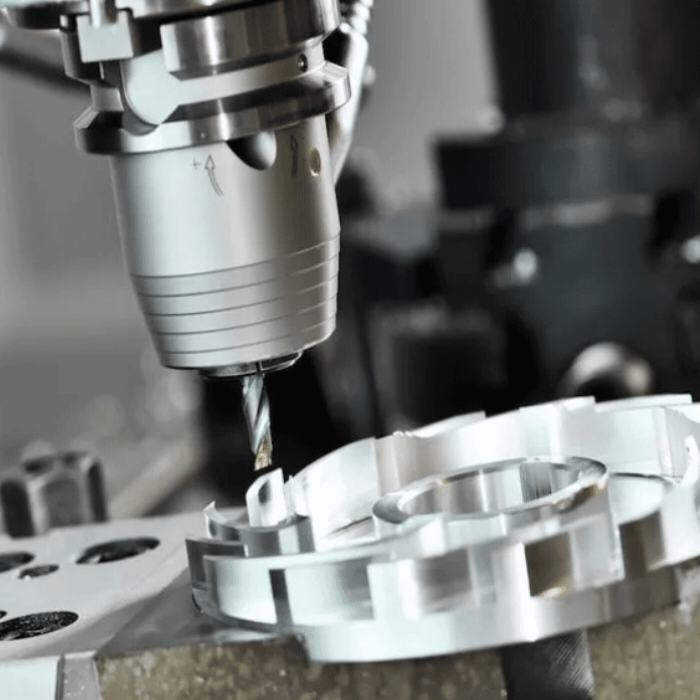Common Technical Requirements for Machine Parts Processing

The machining accuracy of machine parts is directly related to the efficiency and results of machine operation, and there will be rigid regulations for some technical requirements in the process of machining. If it is not operated well, it will affect the final machining accuracy, and it will also cause the quality of the machine parts to be reduced. The following are the common technical requirements for machining parts.
Contour processing of machine parts
1. The unmarked shape tolerance should meet the requirements of GB1184-80.
2. The allowable deviation of the unmarked length dimension is ±0.5mm.
3. No fillet radius R5.
4. All unfilled chamfers are C2.
5. The sharp angle is obtuse.
6. The sharp edge is dull, and the burr and flash are removed.
Surface treatment of machine parts
1. On the machined surface, there should be no scratches, abrasions, and other defects that damage the surface of the parts.
2. The surface of the processed thread is not allowed to have defects such as black skin, bumps, random buckles, and burrs. Before painting the surface of all steel parts that need to be painted, rust, oxide scale, grease, dust, soil, salt, and dirt must be removed.
3. Before rust removal, use organic solvents, lye, emulsifier, steam, etc. to remove grease and dirt on the surface of steel parts.
4. The time interval between the surface to be coated by shot blasting or manual derusting and the primer coating should not be more than 6h.
5. The surfaces of the riveting parts in contact with each other must be painted with anti-rust paint with a thickness of 30-40μm before connecting. The lap edges should be sealed with paint, putty, or adhesive. The primer damaged by processing or welding must be repainted.
Heat treatment of machine parts
1. After quenching and tempering, HRC50~55.
2. Medium carbon steel: 45 or 40Cr parts are subjected to high-frequency quenching, tempered at 350~370℃, HRC40~45.
3. The carburizing depth is 0.3mm.
4. Carry out high-temperature aging treatment.
Technical requirements after finishing
1. The finished parts should not be placed directly on the ground when placed, and necessary support and protection measures should be taken.
2. The machined surface is not allowed to have defects such as rust, bumps, and scratches that affect performance, life, or appearance.
3. The surface processed by rolling shall not peel off after rolling.
4. There should be no oxide scale on the surface of the parts after heat treatment in the final process. Finished mating surfaces and tooth surfaces should not be annealed.
Sealing of machine parts
1. All seals must be soaked in oil before assembling.
2. Strictly check and remove the sharp corners, burrs, and foreign objects remaining during parts processing before assembly. Ensure that the seal is not scratched when it is installed.
3. After bonding, remove the excess adhesive flowing out.
The above content is only part of the technical requirements in the processing of machine parts. To truly produce high-quality machine parts, there are very strict requirements for the processing specifications. If you want to know more about machine parts after reading the above, you can contact us for more detailed solutions.
As a professional parts manufacturer, we have accumulated many years of manufacturing experience in this field. We have established a complete quality inspection system and strictly process the parts to provide you with high-quality products. At the same time, we can also provide thoughtful one-stop service and develop effective solutions according to your needs. If you want to buy our machine parts, please contact us immediately!


